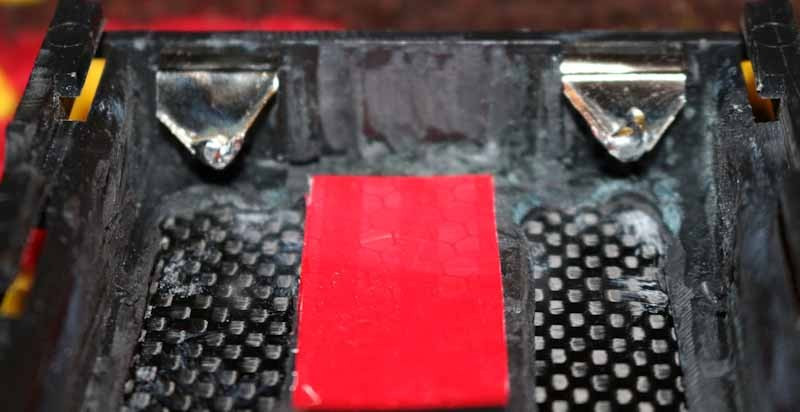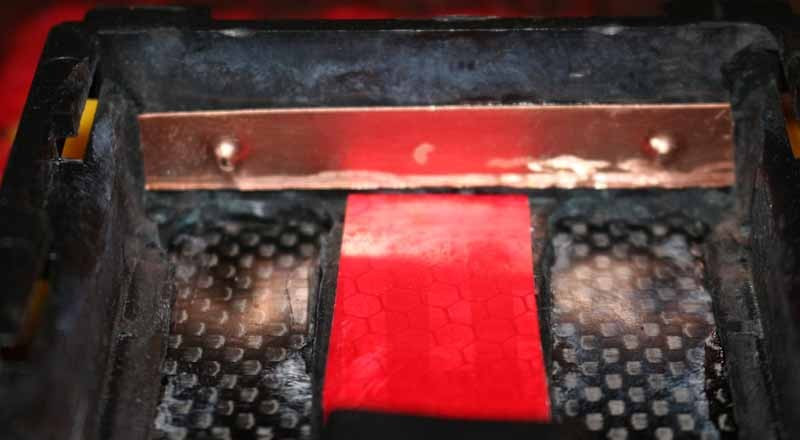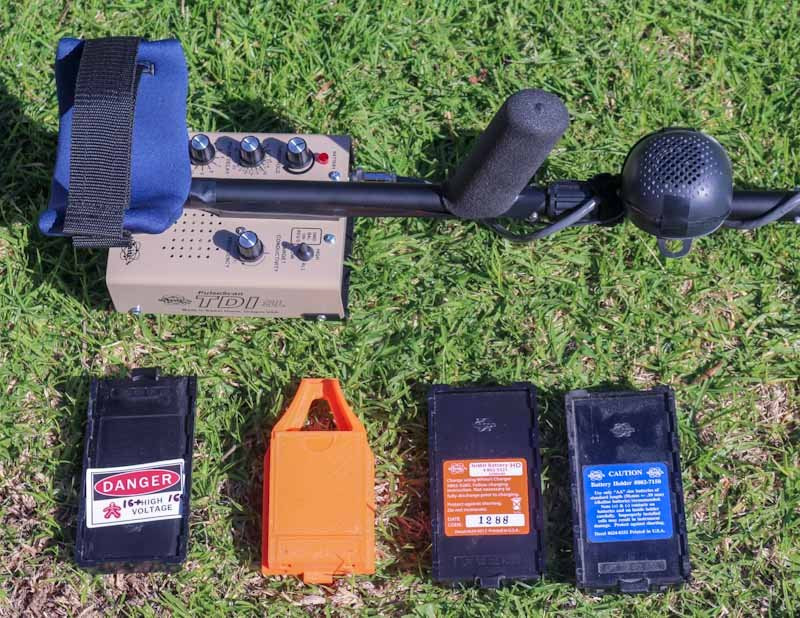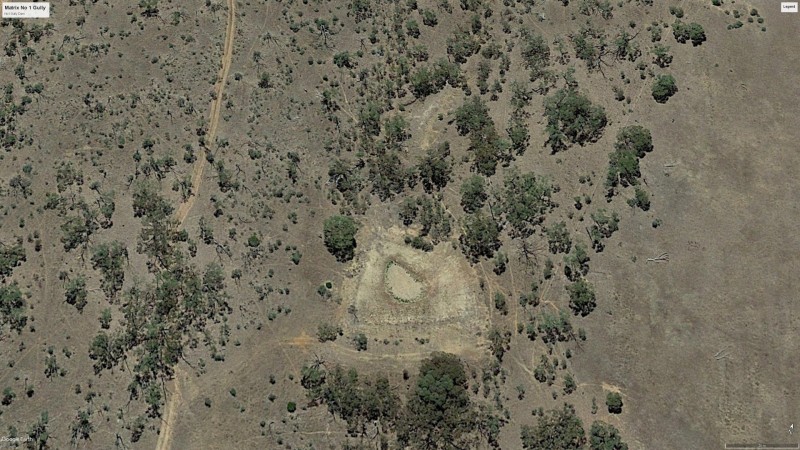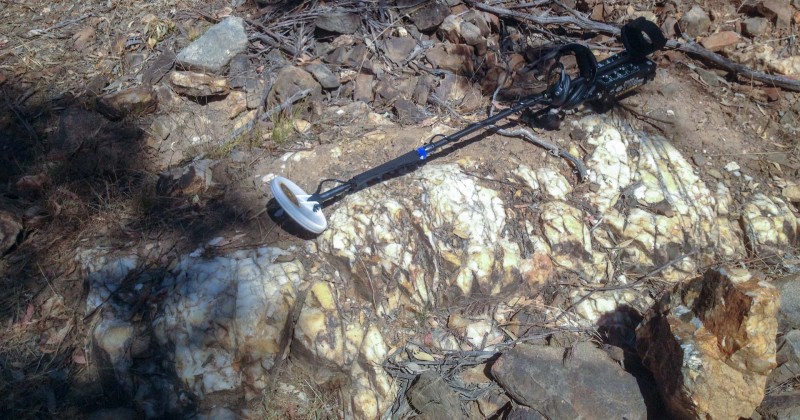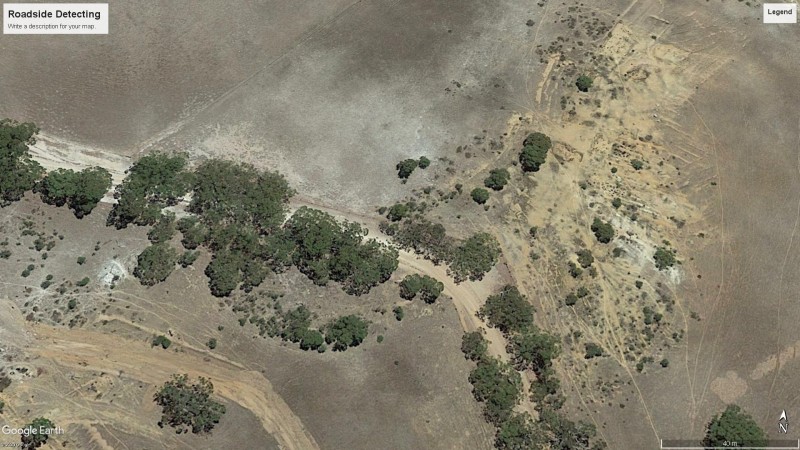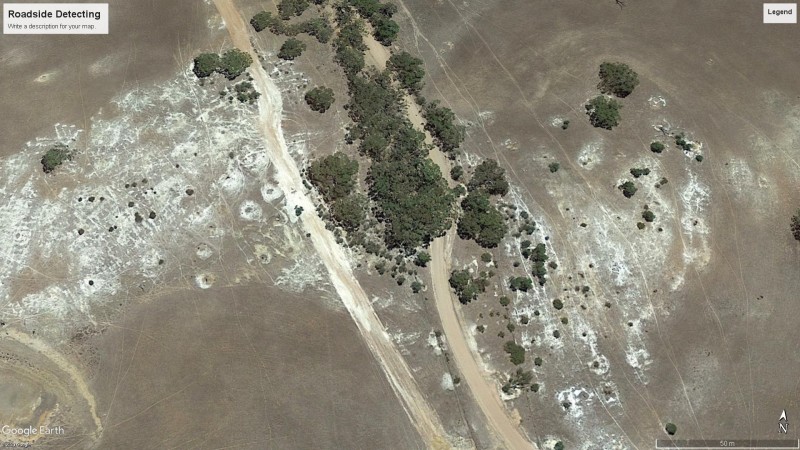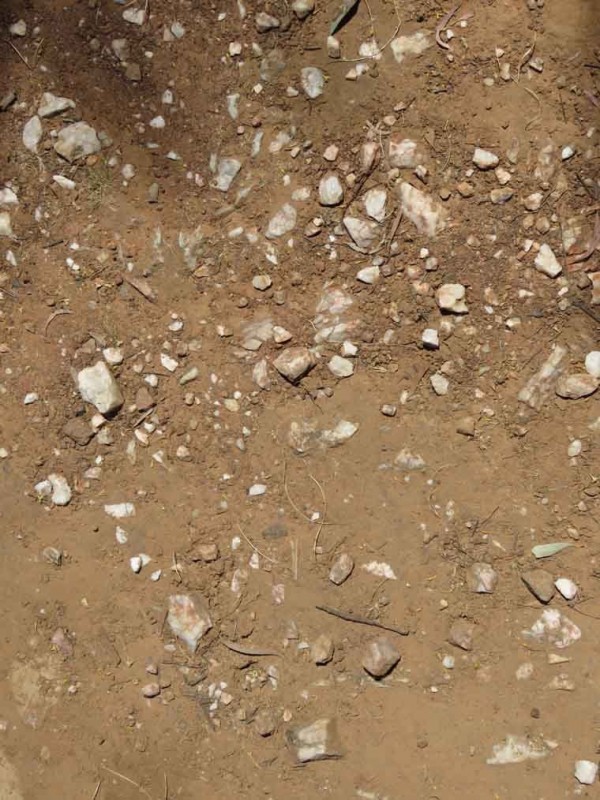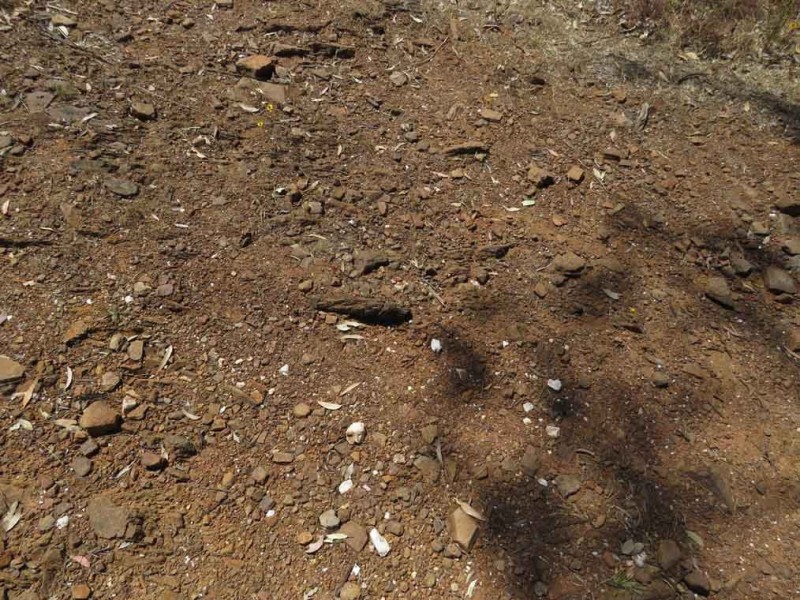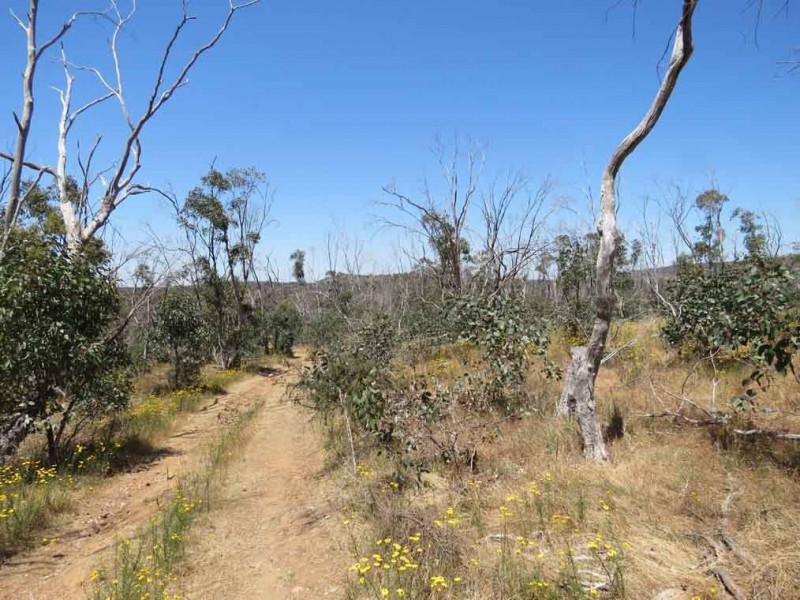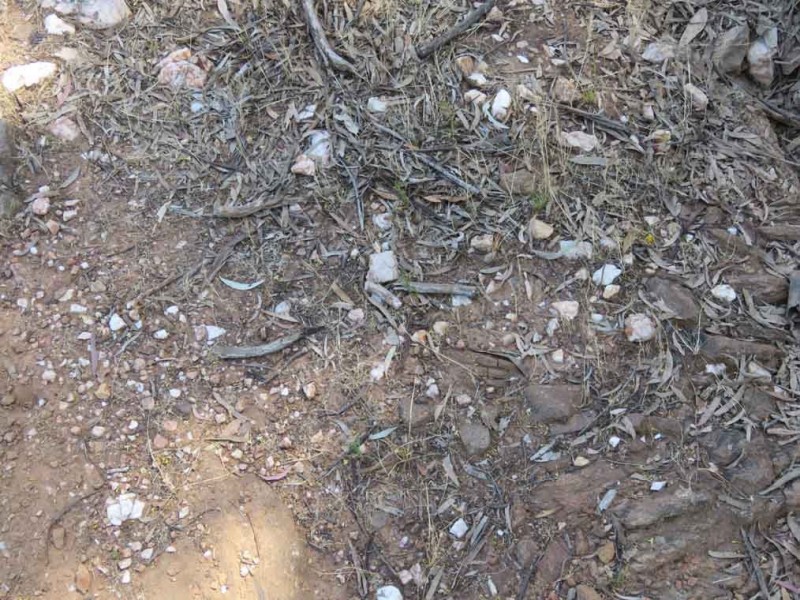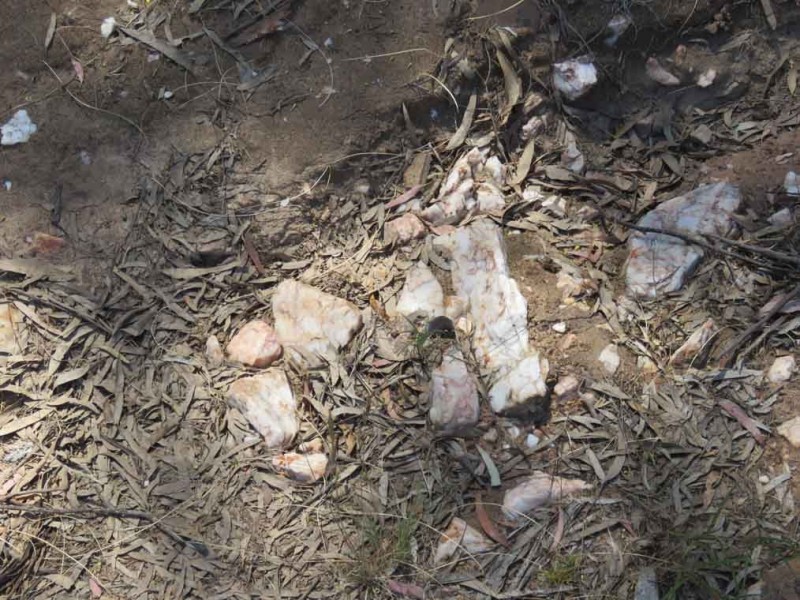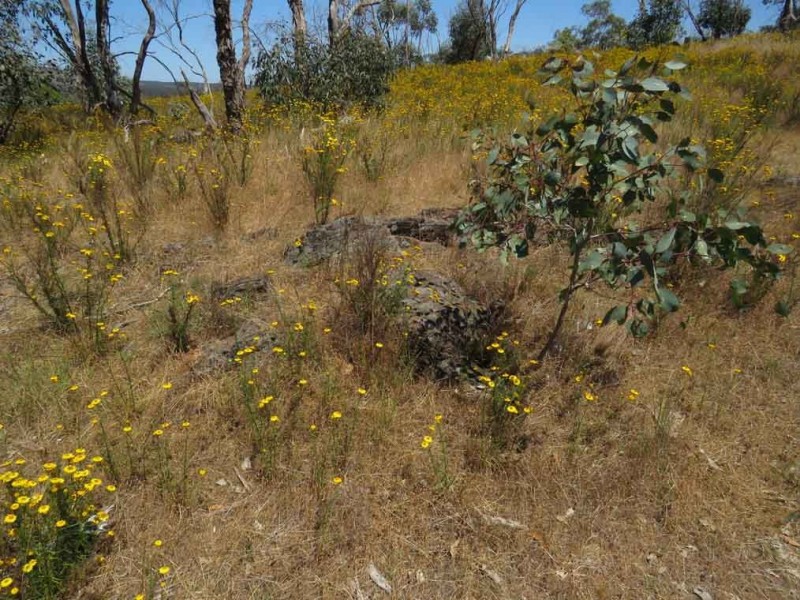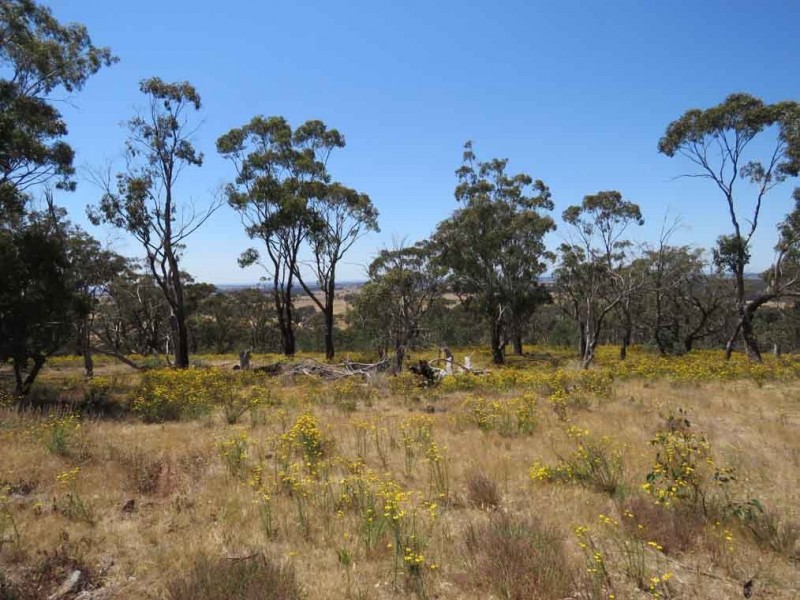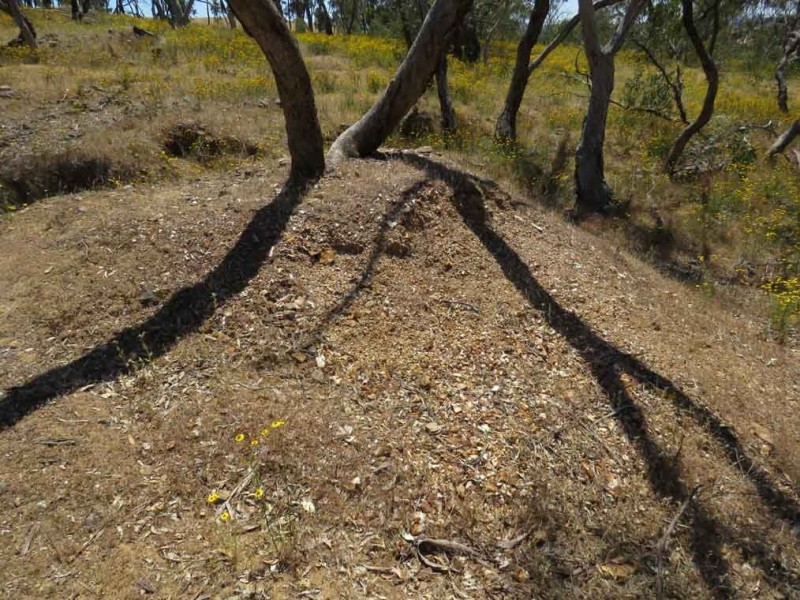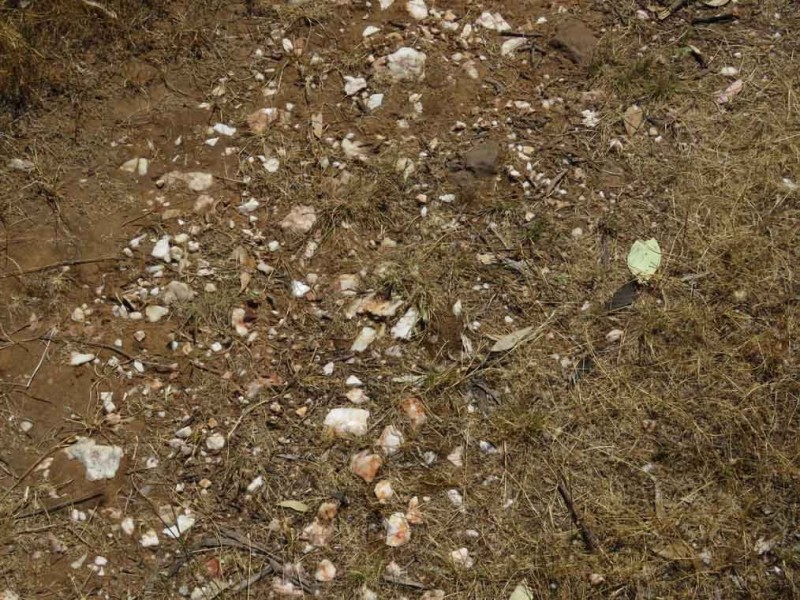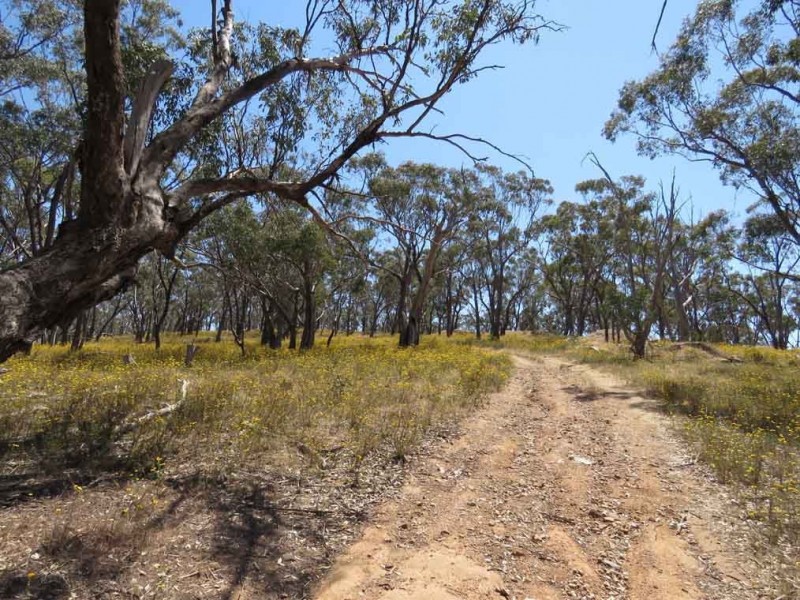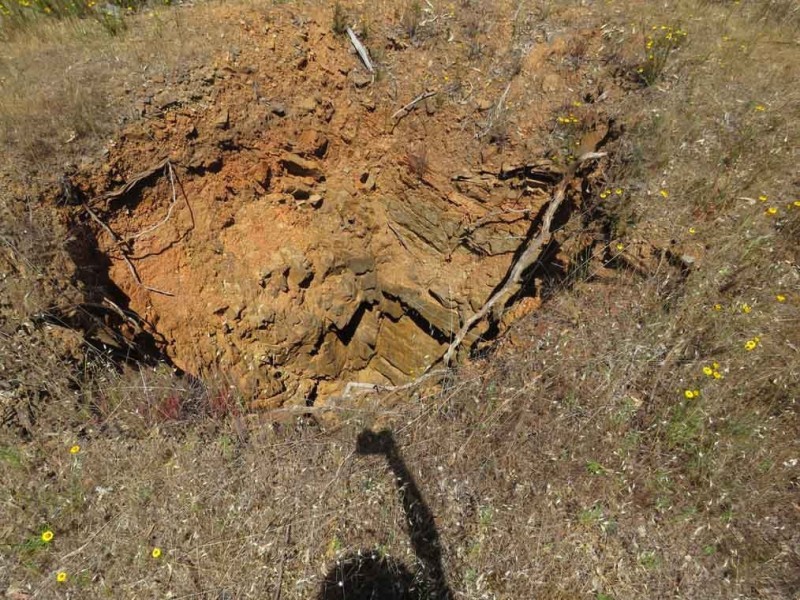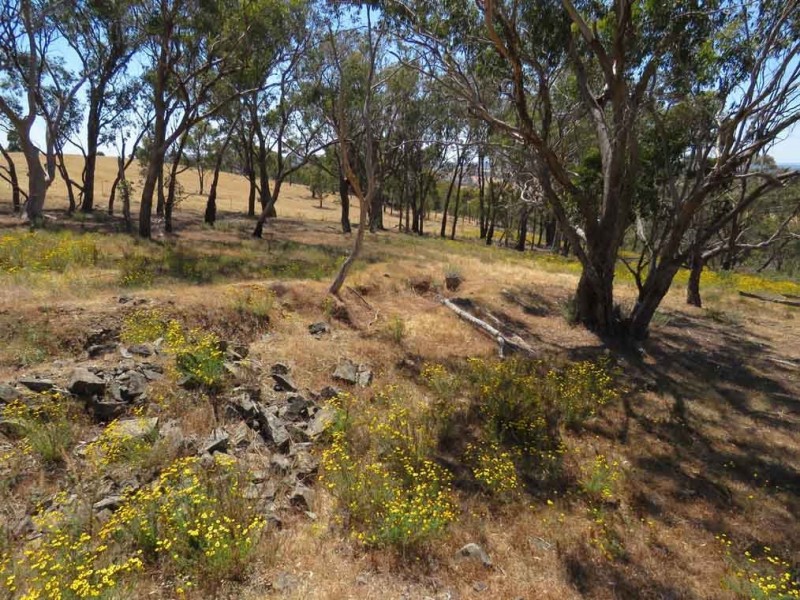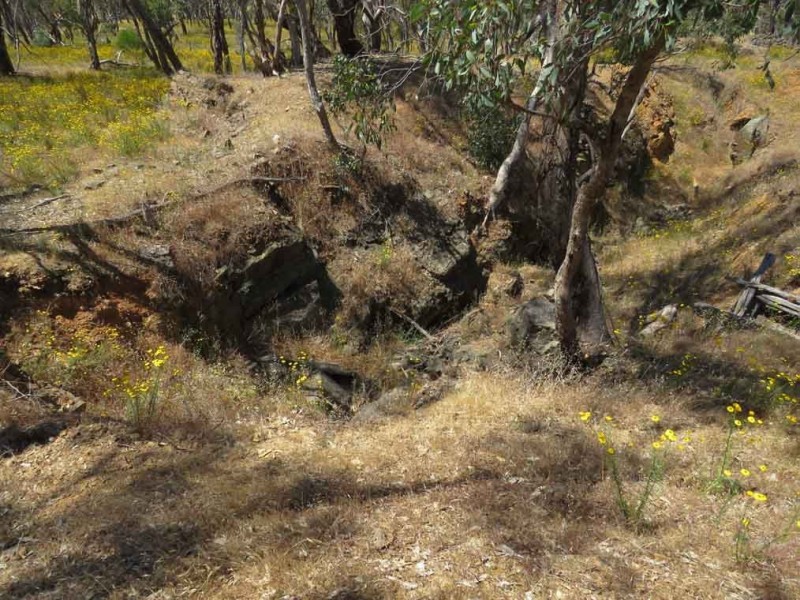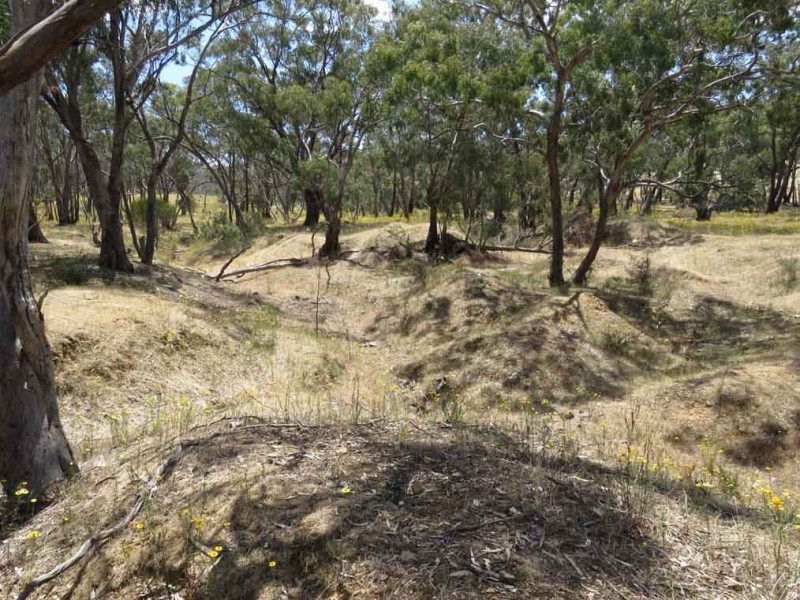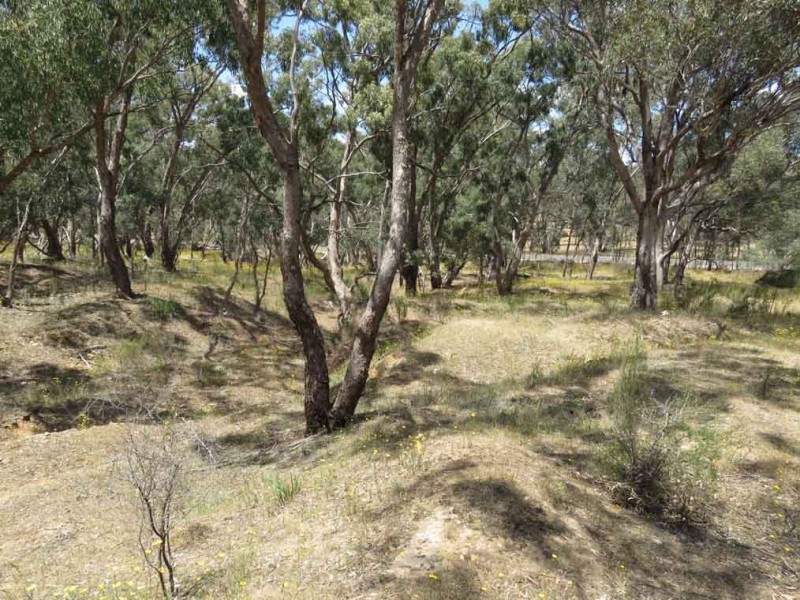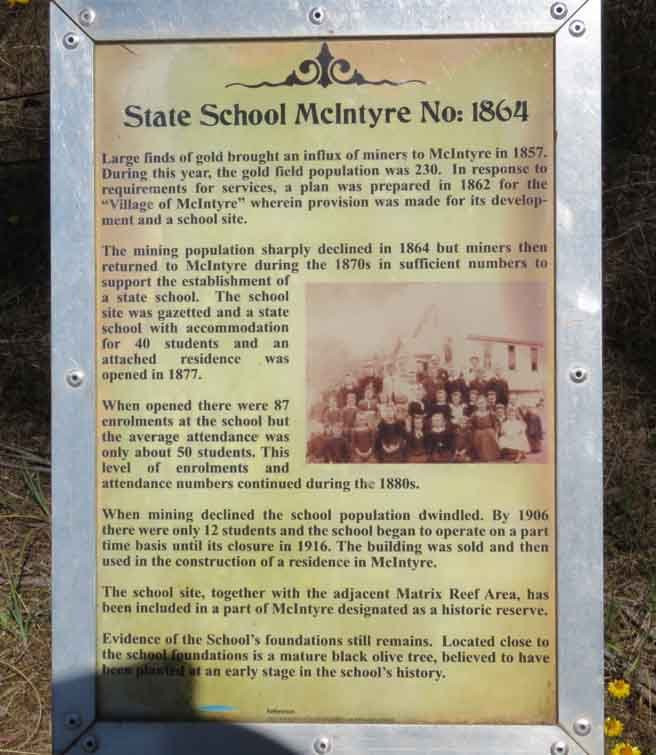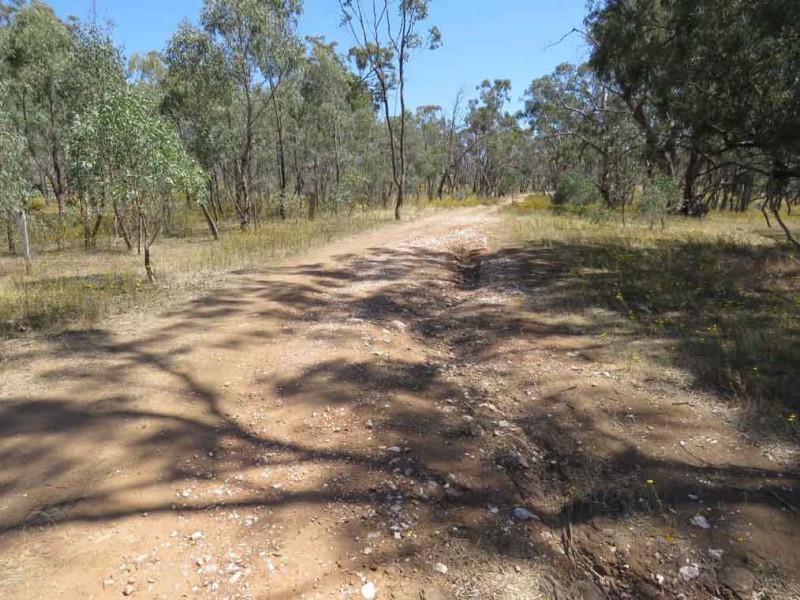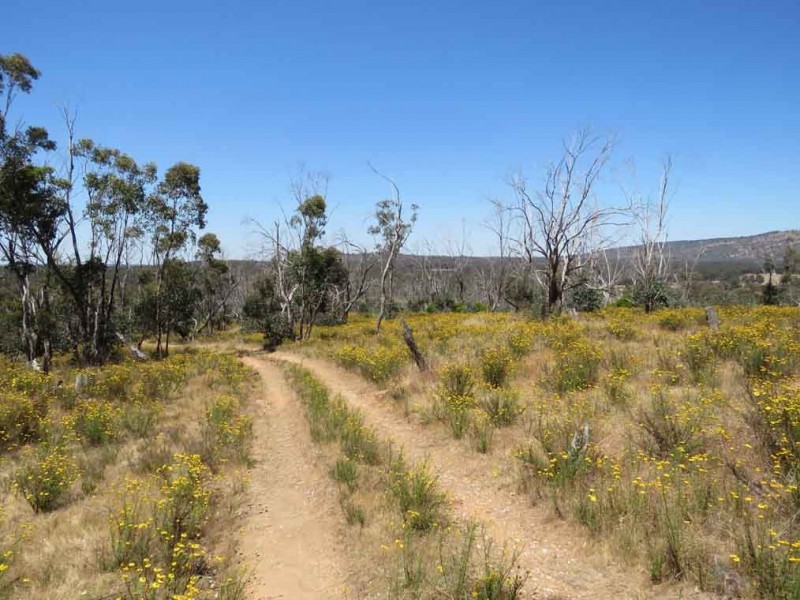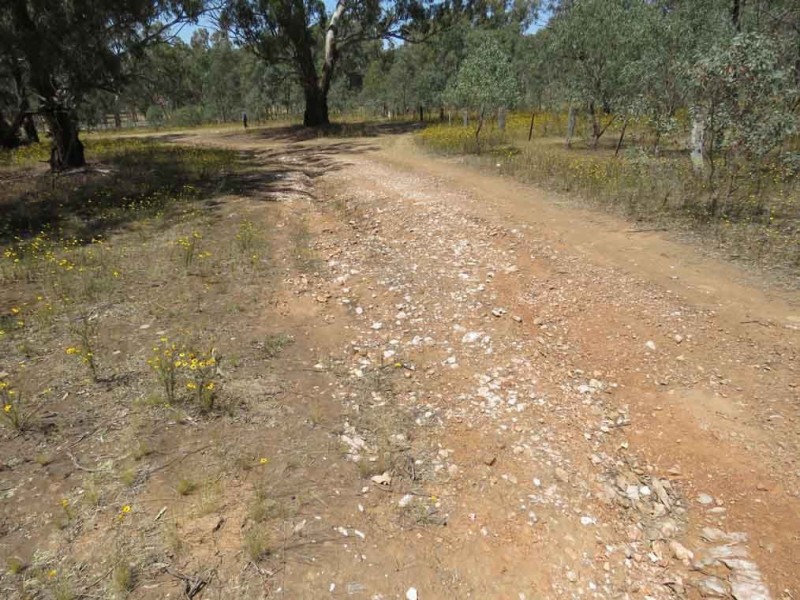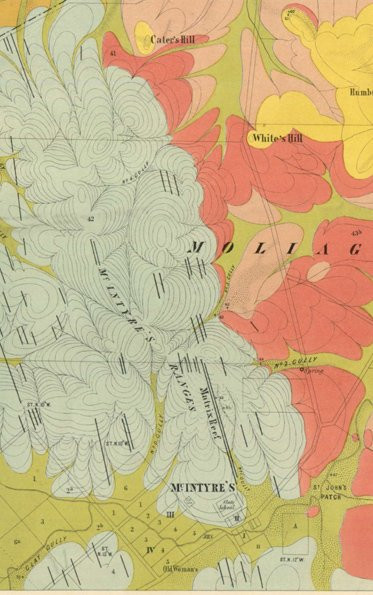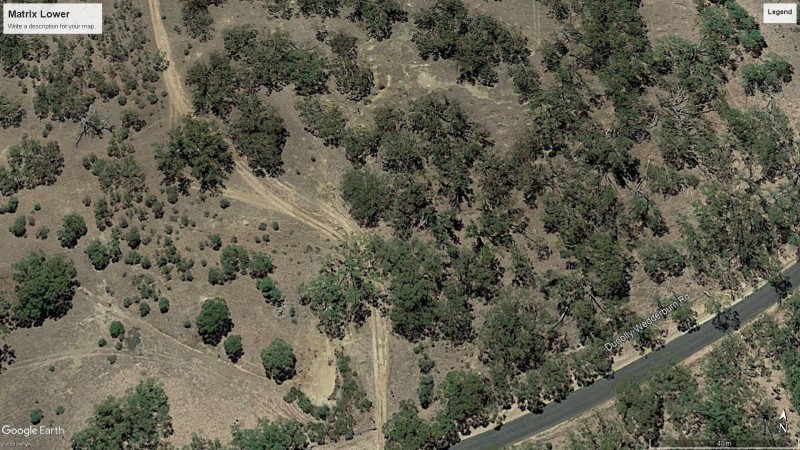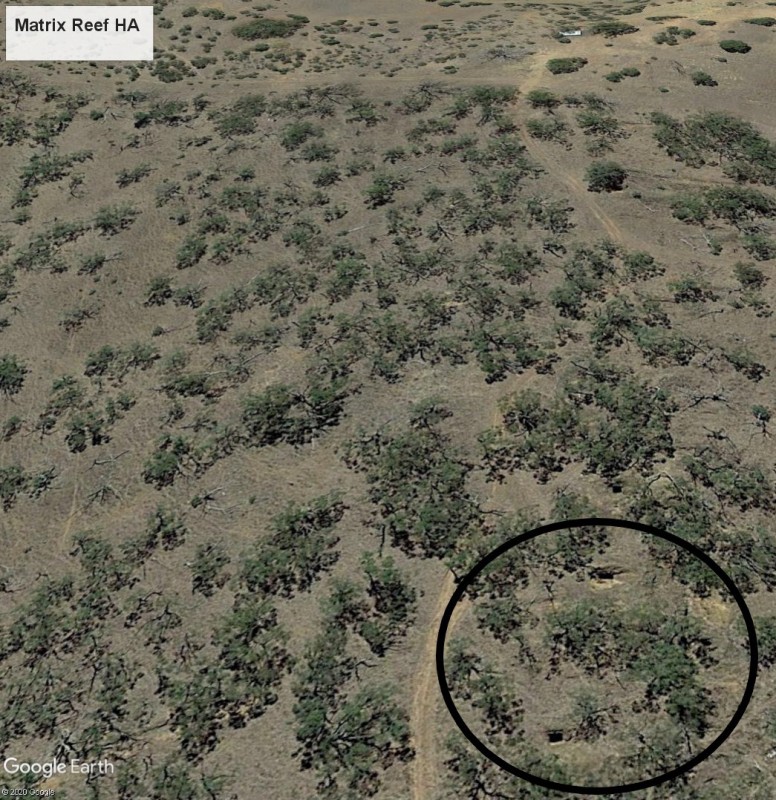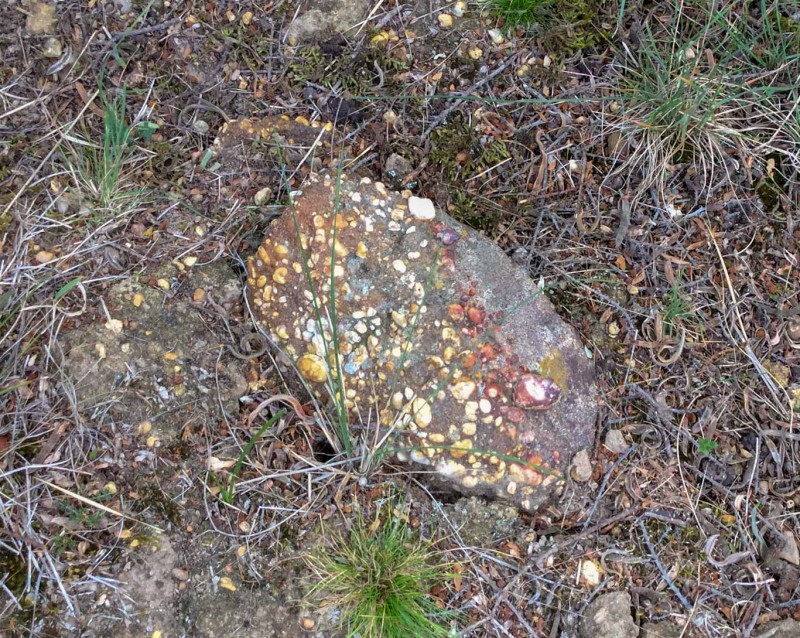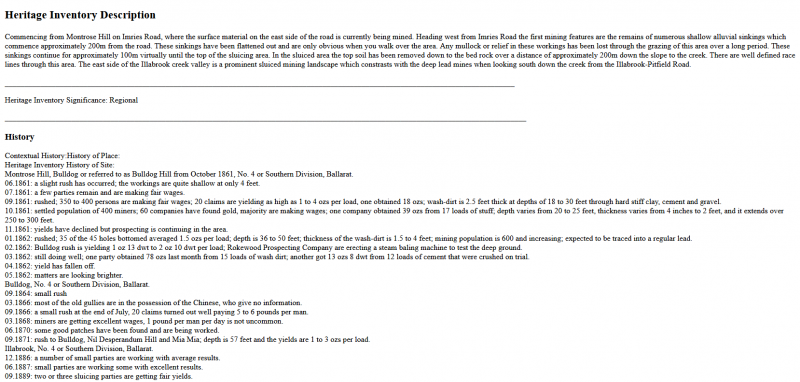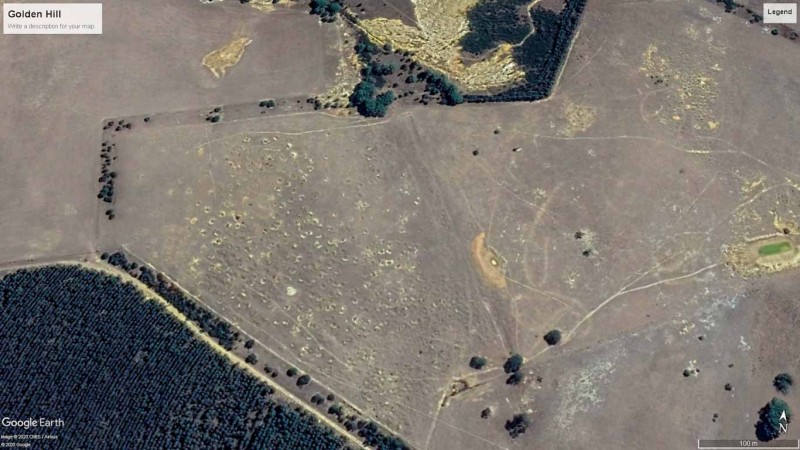-
Posts
248 -
Joined
-
Last visited
-
Days Won
2
Content Type
Forums
Detector Prospector Home
Detector Database
Downloads
Everything posted by karelian
-

White's TDI SL 4x18650 Battery Tray Made Simple
karelian replied to karelian's topic in White's Metal Detectors
Nuggets the flat top batteries work fine, when packed in tight they make a decent connection. Make sure the brass is punched for peace of mind. Protected cells are longer and require slight mods on this design, but can be made to fit. Simple design but can be a bit messy and requires the sacrifice of a tray. Well worth the effort, keep it at or under 16 volts for the perfect balance of performance and safety. A friends machines makes a humming noise when over 16 volts, no issues when under 16 volts.... something to consider. All the best for 2021. -

Tdi Pro Coil Comparison On The Goldfields
karelian replied to karelian's topic in White's Metal Detectors
Nuggets the 6" Detech mono is a great choice for the Tdi Sl, it should make for easier ground balancing in hot ground, smoother operation with less ground noises than the standard coil while running higher gain. Makes for a light weight and well balanced rig that is user friendly. For some reason Tdi machines love the Sadie coil, that being said the Detech coils are more sturdy, well built solid coils with better water proofing. I run the Detech 8" mono on my Tdi Pro, but for the Tdi SL I suspect the 6" mono is a better choice. Smaller lighter coil and a fraction easier to ground balance. The Tdi Sl needs the battery boost to give that little bit extra depth. Yes sadly the stock SL with stock battery is not that impressive in regards to depth. If you are running the standard battery voltage, try some lithium batteries as an experiment to see what performance edge they provide. Lithiums usually run at 14.8 volts in the battery tray, should give you an idea of what a higher output battery pack can do to the Tdi Sl. All the best for 2021. -
The only water in the area is located in the dam or in the water holes above it. Lots of animal signs, so it is probably well utilized by the local wildlife.
-
Matrix Reef Part Two: Just spent the morning detecting up No 1 gully, from the bottom near the roadside up past the dam into the upper reaches of the gully just below the mine shafts. Plenty of rubbish at the lower parts below the dam. The dam area also has lots of iron and bottle tops. Lots of 22 projectiles and empty casing everywhere. Moving up the gully and further up the hill there is less rubbish. Detector sign is everywhere, the area around No 1 gully has been worked hard.. Bedrock is not uncommon and parts of the gully could be creviced, but water is patchy at best, a bit in the dam and a couple water holes further up. I was using a Tdi Pro with a Detech 8" mono coil, it performed well and picked up tiny pieces of iron, deep bottle tops and even deeper bullets and shell casings. No gold. It managed the ground well and balanced nicely, a great coil. Given the terrain I only carried one detector with me, leaving the GMX down the bottom of the hill with the car. Next time I'll use the GMX focusing on bedrock in the gully and some of the exposed quartz. The area is not very large, just hilly. It would require a few more detecting days to give it the coverage it deserves. Six hours of swinging barely scratched the surface. The gully is deep below the dam, some areas of bedrock exposed and the area on the hillside above the dam is best regarded as shallow. By shallow I mean small coil shallow. The images show the dam from Google, little water in the dam, the areas above the dam with water. Further up the hill some exposed quartz in the gully and the drier upper section of No 1 gully.
-
Matrix Reef is an a small part of a larger whole, it is healthy for discussion to take a direction of it's own. Part of the learning process. There are lessons for me to learn and many posters on this site are in a position to teach. Looking at most of the images, these areas are often referred to as 'shallow ground'. Having visited them and walked over the ground, I can say that I have learned a lot. Part of the learning process involves the meaning of 'shallow'. There is small coil shallow and then there is excavator shallow... Despite the advances in detecting technology it would seem a good excavator can make all the difference. Yes, at a cost to the historic landscape.
-
Lots of Government inconsistency, some areas well protected on historical grounds whilst others of even more significance are ignored. Reason and logic do not always hold sway when making these decisions. I believe our goldfields deserve to be better protected and in doing so it is fully consistent with the best interests of this hobby, electronic prospecting. Many of these areas are marginal farming properties, great for detecting though. Love to see some of these marginal properties purchased for recreational prospecting. Happily pay a few dollars more for a Miners Right if I knew the extra went to opening up more land whilst protecting the mining landscape and history.
-
Google Earth images of Possum Hill goldfields, public road goes through parts so I made sure to swing by and walk over the ground on the roadside. Possom Hill goldfield is mostly on private property, I made darn sure I stayed on the right side of the fence and fully respected landholders rights. There is a wealth of land available to legally prospect, all within a few minutes drive of each other in this part of Victoria. Always a learning process.. Very informative jrbeatty thanks.
-
I'm going to spend a bit on time exploring the hillside, gullies are a bit deep but lots of shallow ground to explore. Love that the area still offers a lot of potential. I'd love three grams.... never mind 30 ounces. Dream big..
-
Lots of information about the mining that was carried out on the Matrix Reef and the history of the Berlin Goldfields available online. Hope this has been of some interest. Just a small part of the rich mining history and the areas available to us for detecting as recreational prospectors in the state of Victoria, Australia. All the best.
-
Just some images of the ground, the shallow hillside and the soil, quartz etc. Gives you an idea of the area and the ground you are walking on. Some parts of the hill side were so shallow the trees were struggling to hold on and were small and shrubby.
-
There are a number or open shafts, dangerous to kids and animals, dangerous area to so be careful if visiting.. They are located near the top part of the hill, shafts and open cuts. The hill sides are shallow and show few signs of being detected, although some detector holes were spotted.
-
Images on No 1 gully, the lower part of the hill and the hillside as you move up the hill towards the mine shafts.
-
An interesting area because it was first discovered when large gold specimens were found on the surface. An outcrop was soon identified as the source, named Matrix Reef. It is located on the Berlin Goldfields, on a hill. A number of rich gullies run off the hill. No 0, No 1, No2, No 3 gullies, all rich and nuggety. Lots of detailed information available with a simple Google search. Again located in Australia in the state of Victoria.
-
Whilst there is an investment required, I work on the basis that good research enables better utilization of limited financial resources and equally importantly saves valuable time. Research is one of the keys to success, plus it makes me more aware of our countries and states history. A win win for all.
-
Lucky in Victoria, Australia; that our maps and archives have largely been digitized. So they are available for download online. Makes research so much easier. Also there is a rich history of published works covering our states goldfields. Most of the published books are available and reasonably priced, some are collectable and fetch a premium price... In the fullness of time I suspect 'everything' will be digitized and more easily available.
-
I think principedeleon may just have saved some folks a lot of money and frustration. Just need to use the pause button.. Not shown are the paper topographical maps, map books and history books.. small library focused on Victorian goldfields and history. Lots of titles are autographed copies. Decades in the making, starting in the 1980's and ongoing. Never too old to learn something new. This hobby combines my love of reading, the great outdoors and electronic gizmo's.. All the best.
-
Given the high value of these books I think it is wise to preserve an individual digital copy. Keep it on you phone or Ipad and the original safe at home. Personal use only, not for sale or distribution. Ok it is not a rare manuscript or rare hand written bible, but Larry Sallee's book may possibly be even harder to get. Took me years to find a copy that the seller was prepared to ship over to Australia. I've read mine over and over again. Highly recommended regardless of what machine you swing. Electronic prospecting requires a broad skill set and I found reading books on the subject very informative. Partnering up with more experienced prospectors is the best way, but reading sure does help. All the best.
-

Research Goes Beyond Google Earth.. Bulldog Diggings
karelian replied to karelian's topic in Detector Prospector Forum
Just looking at the images of the ground, I'm thinking the White's GMX Sport would be ideal for running a coil over some of the cracks in the bedrock. If there are examples of conglomerate and quartz still embedded in bedrock then there could be a few small specs for me to find. Yes I take images of rocks... All the best. -

Research Goes Beyond Google Earth.. Bulldog Diggings
karelian replied to karelian's topic in Detector Prospector Forum
Great link, thanks. I'm doing more research because the area, among others; is of great interest. Lucky that there is such a wealth of information out there. Thanks. -

Research Goes Beyond Google Earth.. Bulldog Diggings
karelian replied to karelian's topic in Detector Prospector Forum
Getting better using Google Earth, better images now. In the future, when not on lunch breaks; I'll attempt to use a better camera, incorporate decent video and audio etc. I've traded for a DJI MAVIC AIR, so after a bit of practice I'll hopefully incorporate drone footage in the not too distant future. Proper video editing remains the final challenge. The image from Google Earth shows the Bulldog area on the top, Golden Hill diggings visible on the open country below the Bulldog Hill, finally the plantation in the bottom left corner. I drove through the plantation and the ground has been worked with machinery to prepare for the trees. So no old working remain visible. Neat rows of trees with scattered quartz etc under their shaded canopy. Area is worthy of a revisit.. All the best. -

Research Goes Beyond Google Earth.. Bulldog Diggings
karelian replied to karelian's topic in Detector Prospector Forum
Just a quick video shot using the Ipad whilst walking around Bulldog Hill. Apart from the wind it was a nice lunch break. https://youtu.be/2iHnRq-sNRY -

Research Goes Beyond Google Earth.. Bulldog Diggings
karelian replied to karelian's topic in Detector Prospector Forum
Be alert but not alarmed! I believe I will be able to prospect with a metal detector for some time. The ability of a metal detector operator to move earth or alter the landscape is somewhat limited. The areas looked at were altered by motivated men who used picks and shovels combined with sluicing. The lust for gold combined with sweat and tears has reshaped the landscape. The Bulldog Diggings are well over a hundred years old. The 'tone' of the report does not target electronic prospectors directly. Through our membership of relevant prospecting clubs and organizations we can hopefully participate in the discussions and have our voices heard and interests protected. I follow the prospecting code and always attempt to leave an area the way I found it, hopefully leaving no trace behind. There is in Victoria enough public land available for electronic prospecting to keep us all swinging along for some time. Yes, we need to keep informed and make sure our voices are heard. Interesting to note the mining methods that would be considered environmental vandalism today, the surfaced areas. Are today rightly considered of historical value and worthy of preservation.


